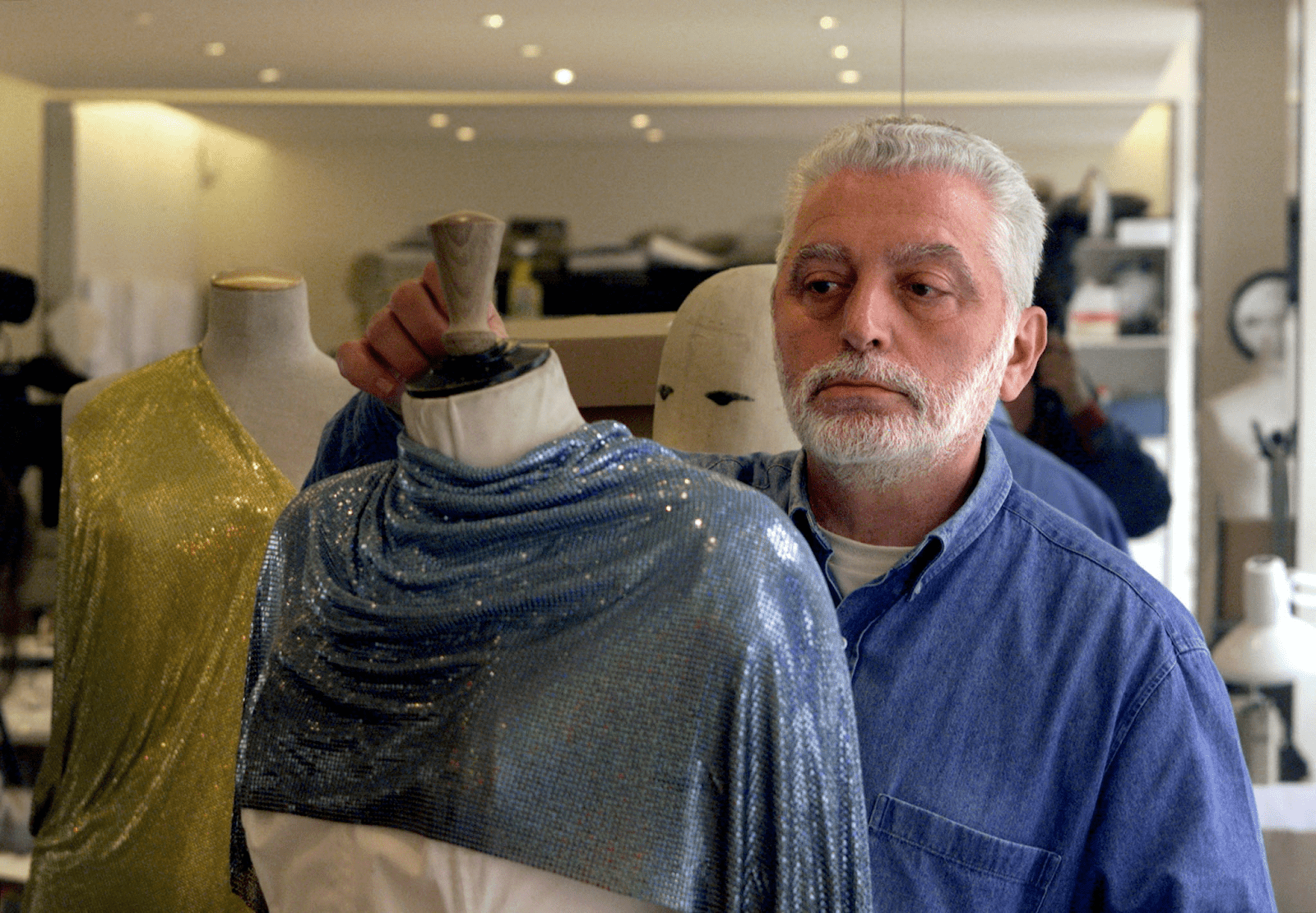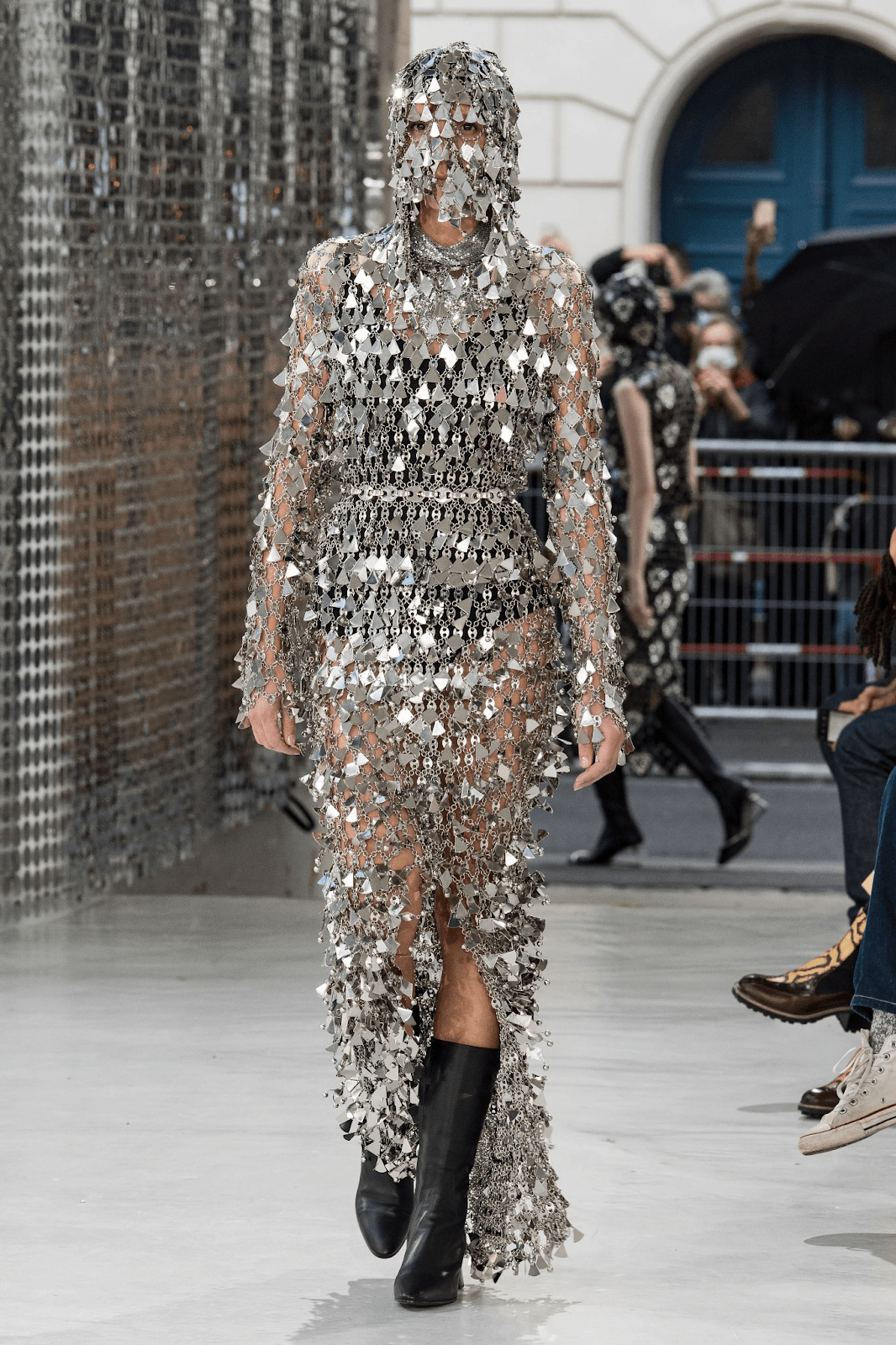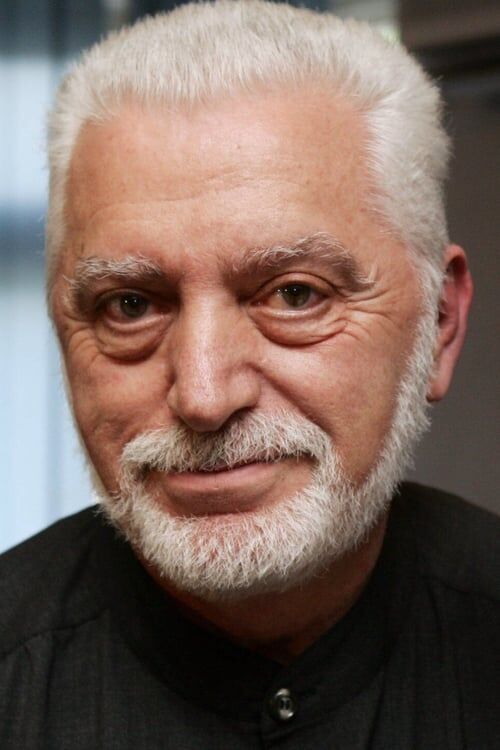French-Spanish Francisco Rabaneda Cuervo, commonly known under the pseudonym of Paco Rabanne, was a renowned fashion designer who became known as an enfant terrible in the 1960s for his unorthodox taste in couture creation. The world-famous fashion designer Paco Rabanne died at the age of eighty-eight. His death was announced Friday in a statement shared on the Paco Rabanne Instagram account, ‘The House of Paco Rabanne wishes to honour our visionary designer and founder who passed away today at the age of 88, among the most seminal fashion figures of the 20th century, his legacy will remain a constant source of inspiration. We are grateful to Monsieur Rabanne for establishing our avant-garde heritage and defining a future of limitless possibilities.’
PACO RABBANE’S EARLY LIFE

Rabanne was born on 18 February 1934, in the quaint Spanish Basque town of Pasaia, Gipuzkoa province, which shares a small portion of its border with the French region of Nouvelle-Aquitaine.
The early years of Rabanne’s life were deeply intertwined with that his country’s history, eventually upending the calm that this Spanish countryside had known until then.
The mercilessly waged Spanish Civil War, also known as Guerra Civil Española was a civil war fought in Spain from 1936 to 1939, between the Republicans and the Nationalists. While the Republicans were loyal to the left-leaning ideology and consisted of a clutch of socialist and communist parties among others, the opposing Nationalists were loyal to a right-leaning ideology that consisted of a clutch of monarchists, conservatives, and traditionalists parties led by a military junta that was in turn controlled by General Francisco Franco. Due to a turbulent international political climate at the time, the war was viewed in a number of different including a clash between dictatorship and democracy, between revolution and counterrevolution, and between fascism and communism among others. After three years of intense fighting across Spain, the Nationalists finally declared victory in the war, which ended in early 1939, and ruled Spain for over three decades until Franco’s death in November 1975.
Rabbane’s father was a Republican Colonel, whose steadfast belief in the ideals of democracy made him an easy target of Franco’s men. Rabbane’s father was eventually executed by Francoist troops during the early days of the Spanish Civil War which left his family devastated like millions of Spanish families at the time. It is believed that Rabbane’s artistic streak comes from his mother, who worked as a seamstress at Cristóbal Balenciaga’s first couture house in Donostia, Basque Country. When Balenciaga moved base to Paris in 1937 owing to the violence of the war, he had the Rabbane family also move with him there.
In 1950s Paris, Paco Rabbane had himself enrolled in an architecture course at l’École Nationale des Beaux-Arts. To make some extra money on the side, he sketched clothing designs for high-street brands like Dior and Givenchy among others. He also sketched footwear designs, mainly shoes, for reputed shoemaker Charles Jourdan. Despite his creative flair, he subsequently decided to take up a core architectural job with France’s foremost developer of reinforced concrete, Auguste Perret, working there for over ten years.
A CAREER IN THE WORLD OF FASHION

FASHION
His proper foray into the world of fashion saw Rabbane designing and developing exquisite pieces of jewellery for brands including Givenchy, Dior, and Balenciaga among others. However, in 1966, he decided to establish his fashion house, The House of Paco Rabbane. In a way, his work in architecture seems to have inspired his later work in fashion, for the designer came to be known for his use of unconventional materials such as metal and plastic among others for his couture designs. He was particularly popular for his metal ensembles tinged with an otherworldy Space Age aesthetic. Hollywood actress Jane Fonda once donned his designs in the 1968 science fiction film “Barbarella,” which opens with a zero gravity striptease by the star. The singer song-writer Françoise Hardy was a devout customer of Rabanne’s idiosyncratic designs. Likewise, For Tour 1996 singer Mylène Farmer had commissioned Rabanne to design her live-concert stage costumes. His out-of-the-box inspiration has always seen him push boundaries in the field.
FRAGNANCE
Like most of his peers in the world of fashion, Rabbane extensively experimented with creating different varieties of fragrances. In 1968, he began collaborating with fragrance company Puig, which then began marketing Rabanne’s perfumes. Some of his top fragrance blends include Paco Rabbane Phantom, Paco Rabbane Olympea, Paco Rabbane Pour Homme, Paco Rabbane Invictus, Paco Rabbane Black XS and Paco Rabbane Pure XS among others.
Puig acquired all of Paco Rabanne’s businesses in 1987, with the fashion designer retiring from fashion in 1999. Tributes for him poured in from around the world. Many of the people who had worked with him took to social media to share their experiences of interacting with him, adding that his electrifying presence would be missed. His passing away has brought to a close an era characterised by clothing designs tinged with an element of metallic quirkiness.
Puig’s president Jose Manuel José Manuel Albesa remembered his “radical, rebellious spirit,” in a statement, saying “there is only one Rabanne.”
He was made Officer of the Legion of Honor in France, the country’s highest decoration, in 2010. A controversial, yet enigmatic figure Mugler, even after long, will still be remembered for his evocative work.




